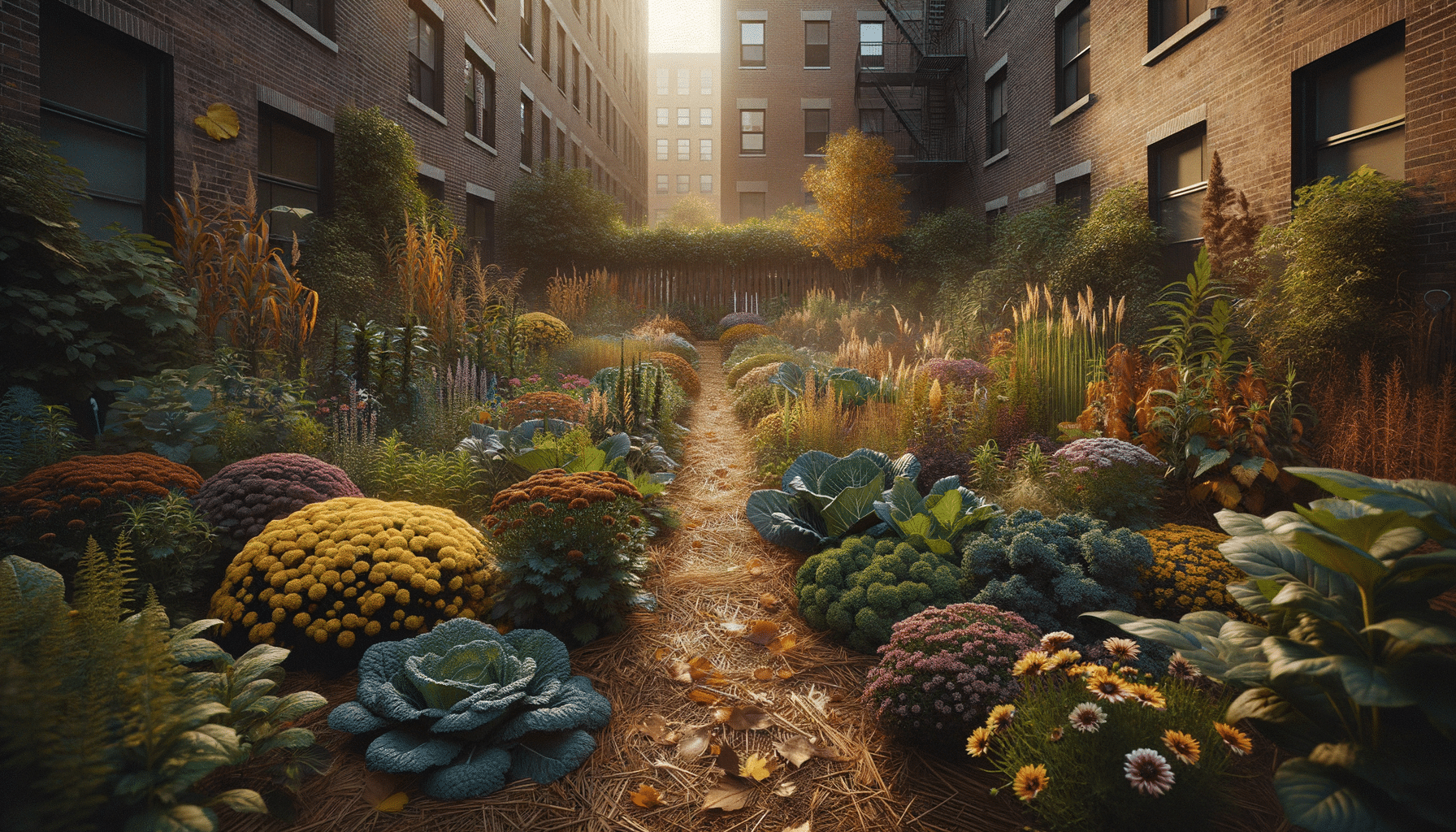
Introduction to Fall Gardening
As the vibrant colors of summer fade, fall presents a unique opportunity to extend the life of your garden. With the right strategies, you can keep your garden thriving all fall long. This season offers cooler temperatures and less intense sunlight, creating an ideal environment for certain plants to flourish. Whether you’re a seasoned gardener or a novice, understanding the nuances of fall gardening can help you maintain a beautiful and productive garden throughout the season.
Fall gardening isn’t just about preserving what you have; it’s also a time to prepare for the next growing season. By focusing on soil health, plant selection, and proper maintenance, you can ensure that your garden remains a source of beauty and bounty. Let’s explore the essential aspects of keeping your garden vibrant during the fall months.
Choosing the Right Plants for Fall
The first step to a thriving fall garden is selecting the right plants. Some plants are naturally suited to cooler weather and can even handle the occasional frost. Consider incorporating a mix of vegetables, flowers, and shrubs that are known for their fall resilience.
Vegetables like kale, spinach, and carrots thrive in the fall. These plants not only withstand cooler temperatures but often taste sweeter after a frost. For flowers, consider planting chrysanthemums, pansies, and asters, which provide a burst of color and can survive in cooler climates.
Beyond aesthetics, many fall plants contribute to soil health. Cover crops, such as clover and rye, can be planted to enrich the soil with nutrients and prevent erosion. By choosing plants that complement both the climate and your garden’s needs, you set the stage for a successful fall season.
Soil Preparation and Maintenance
Healthy soil is the foundation of a thriving garden, and fall is an excellent time to focus on soil preparation and maintenance. Start by clearing away dead plants and debris, which can harbor pests and diseases. This cleanup process not only tidies the garden but also prepares the soil for new growth.
Once the garden is cleared, consider adding organic matter such as compost or well-rotted manure. This enriches the soil with essential nutrients and improves its structure, promoting better drainage and root growth.
Regularly testing your soil’s pH and nutrient levels can provide valuable insights into what your garden needs. Based on the results, you can amend the soil with lime or sulfur to adjust the pH, ensuring that your plants can access the nutrients they require.
Watering and Mulching Techniques
Watering and mulching are crucial components of fall garden care. As temperatures drop, evaporation rates decrease, but this doesn’t mean you should neglect watering. Monitor the moisture levels in your soil and water as needed to keep it consistently damp, but not waterlogged.
Mulching is another effective technique to retain soil moisture and regulate temperature. Apply a layer of organic mulch, such as straw or wood chips, around your plants. This helps to insulate roots against sudden temperature changes and suppresses weed growth.
Furthermore, mulching contributes to soil health as it breaks down, adding organic matter to the soil. By managing watering and mulching effectively, you can create a stable environment that supports plant growth throughout the fall.
Pest and Disease Management
Fall gardening is not without its challenges, particularly when it comes to pests and diseases. Cooler weather can drive pests to seek shelter in your garden, while damp conditions may encourage fungal growth. Vigilance and proactive measures are key to managing these issues.
Regularly inspect your plants for signs of pests, such as holes in leaves or unusual growth patterns. Introduce beneficial insects like ladybugs and lacewings, which can help control pest populations naturally.
For disease prevention, ensure good air circulation around plants and avoid overhead watering, which can promote fungal growth. If you notice signs of disease, remove affected plants promptly to prevent spread.
By staying attentive and employing natural pest and disease management strategies, you can protect your garden and keep it thriving throughout the fall.


